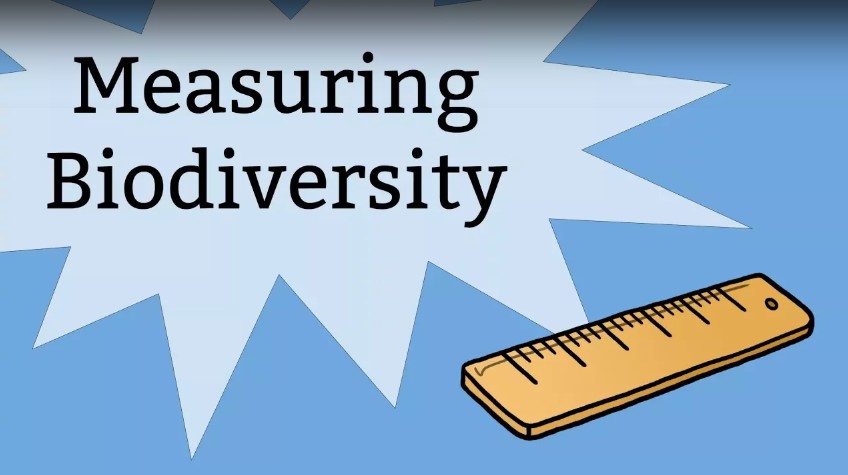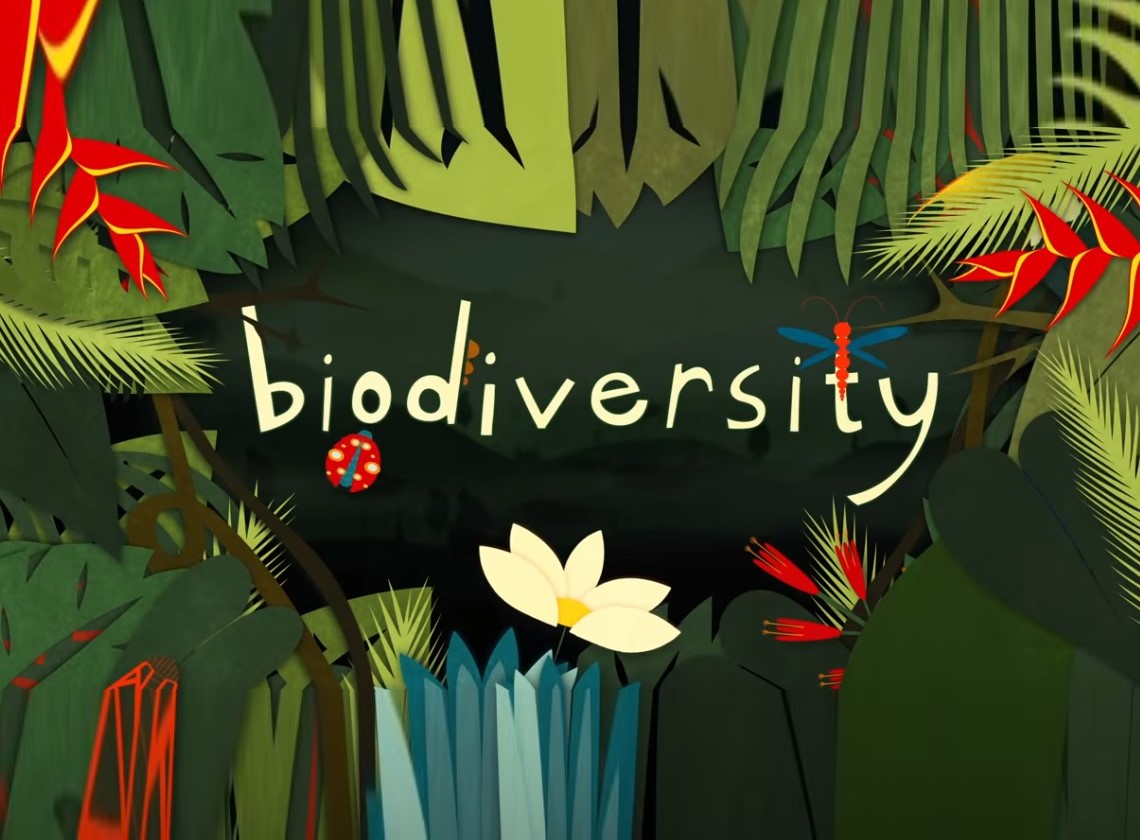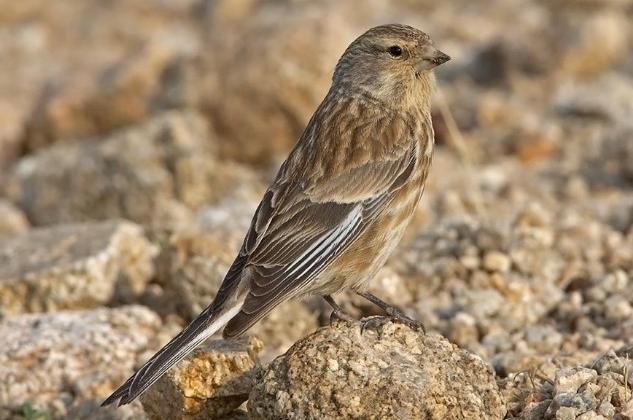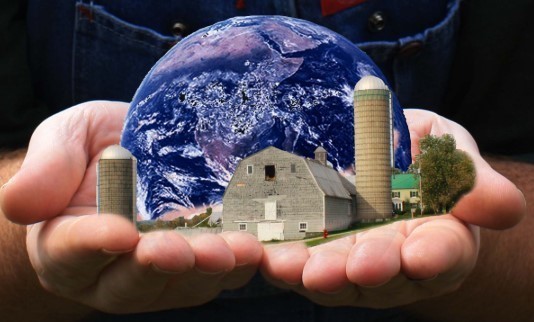Genetic, species and ecosystem diversity
Every species is made from individuals with their own particular arrangement of genes that fit different environments, that gives species diversity with similarities and differences. Surprisingly, mammals make up only one percent of all animal species, with invertebrates making up the rest. Invertebrates are animals without backbones and include crabs, snails and coral as well as insects which pollinate, recycle nutrients, scavenge and are food for others. Ecosystems are a physical environment where a community of organisms live together. It can be a large or small area, like a forest or a pond.
Biodiversity is all the ecosystems working together that contribute to the wellbeing of the planet. The decisions made by humans that influence biodiversity not only affects humans, but all other living things. The world is currently experiencing dramatic changes caused by the actions of humans that is impacting on air quality, safe drinking water, fertile soils and abundant seas.
Measuring Biodiversity
Measuring biodiversity, whilst not perfectly accurate, provides comparative data over a particular area over a particular length of time, which can highlight any changes, the cause of the changes and what the consequences of these changes are or might be in future. This includes counting the number of species, the types of organisms present and how their interaction helps or hinders their existence through things like competition, parasites or predators and others.
Ecological indicators
Scientists have created ecological indicators which use quantitative data to measure aspects of biodiversity, ecosystem condition, and changes to monitor and assess conditions and this information is then given to those who can decide what next steps to take in terms of policy Some accepted environmental indicators include global mean temperature and atmospheric carbon dioxide concentrations, are becoming widely accepted as measures of anthropogenic effects on global climate.
Species numbers
There still remains significant gaps in knowledge around the number of species on the planet, particularly in the tropics, the seas, invertebrates, microorganisms, and living things underground. For these reasons, estimates of the total number of species on Earth range from 5 million to 30 million with around two million species formally identified. From those that are known, it is still possible to map ecosystems, particularly with birds, mammals, reptiles, plants, butterflies, and dragonflies, which are reasonably well documented globally. Add to these details of soil richness, temperature, salinity and water depth and it is possible to put together a valuable picture of the distribution of biodiversity.
A large proportion of the world’s terrestrial biodiversity at the species level is concentrated in in the tropics, with more than one third of all species having a range of less than 1,000 square kilometres. In contrast, local and regional diversity of microorganisms tends to be more similar to large-scale and global diversity because of their large population size, greater dispersal, larger range sizes, and lower levels of regional species clustering.
Rates of extinction and biodiversity loss
Global biodiversity used to be fairly constant over the course of human history, but more recently there has been considerable change. Although it has been estimated that the rates of extinction are less than one per million per year, without human interference, the impact of humans on the environment, including climate change, can add stress to biodiversity rapid and dramatic changes in ecosystem function even though the increase in environmental stress, leading to less productive and diverse ecosystems which can happen quite fast when conditions change. As an example, the change from coral-dominated to algal-dominated in Jamaica has impacted on reef-related industries like diving but has also increased shoreline erosion and seawater breaches of land. Australia saw a dramatic loss in species after the introduction of rabbits.
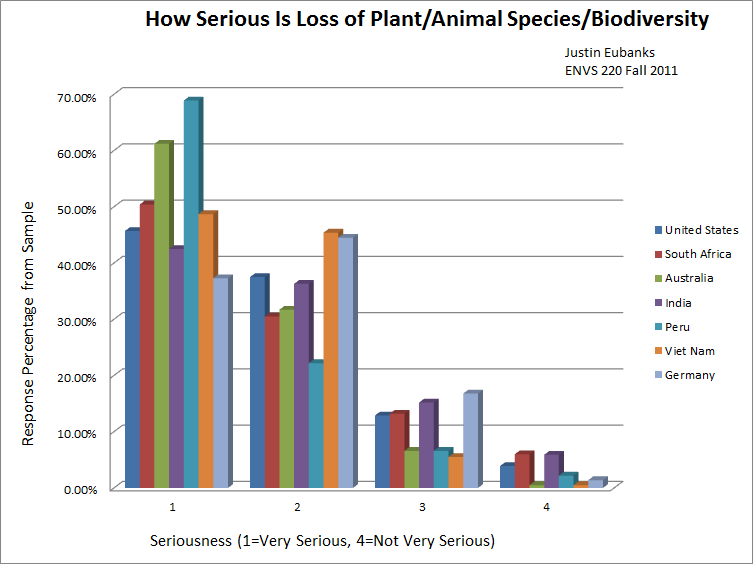
It is not so much the number of species that matter, but their impact on the ecosystem. For example, the dominant or most abundant plant species, depending on how long they live, how big they are, how fast they assimilate carbon and nutrients, how decomposable their leaves are, are usually the key species drivers of an ecosystem’s processing of matter and energy. This means that conserving or restoring the composition of biological communities, rather than simply maximising species numbers, is critical to maintaining biodiversity.
Effects on biodiversity
Ecosystems affect biomass production, the flow of nutrients and water, soil formation and depends on the composition, relative abundance, functional diversity, and, to a lesser extent, taxonomic diversity. These are all affected by climate, resource availability, disturbance, and other factors and not by differences in the number of species.
Invasion resistance
Within a given habitat the preservation of its natural species pool appears to increase its resistance to invasions by non-native species.

Pollination
There have been worldwide declines in pollinator diversity, needed for the growth of fruits and vegetables require pollinators. Currently affected are bumblebees in Britain and Germany, honeybees in the United States and some European countries, and butterflies in Europe. These declines have come about because of habitat destruction and the use of pesticides.
Climate regulation
Changes in land use and land cover that affect biodiversity can affect climate. The important components of biodiversity include plant functional diversity and the type and distribution of habitats across landscapes. Forests have a net moistening effect on the atmosphere and become a moisture source for other ecosystems. In the Amazon, for example, 60 percent of precipitation comes from water transpired by the forests.
Pest Control
Natural pest controls can reduce the number of weeds and reduce the need for irrigation, fertiliser, pesticides and herbicides.

